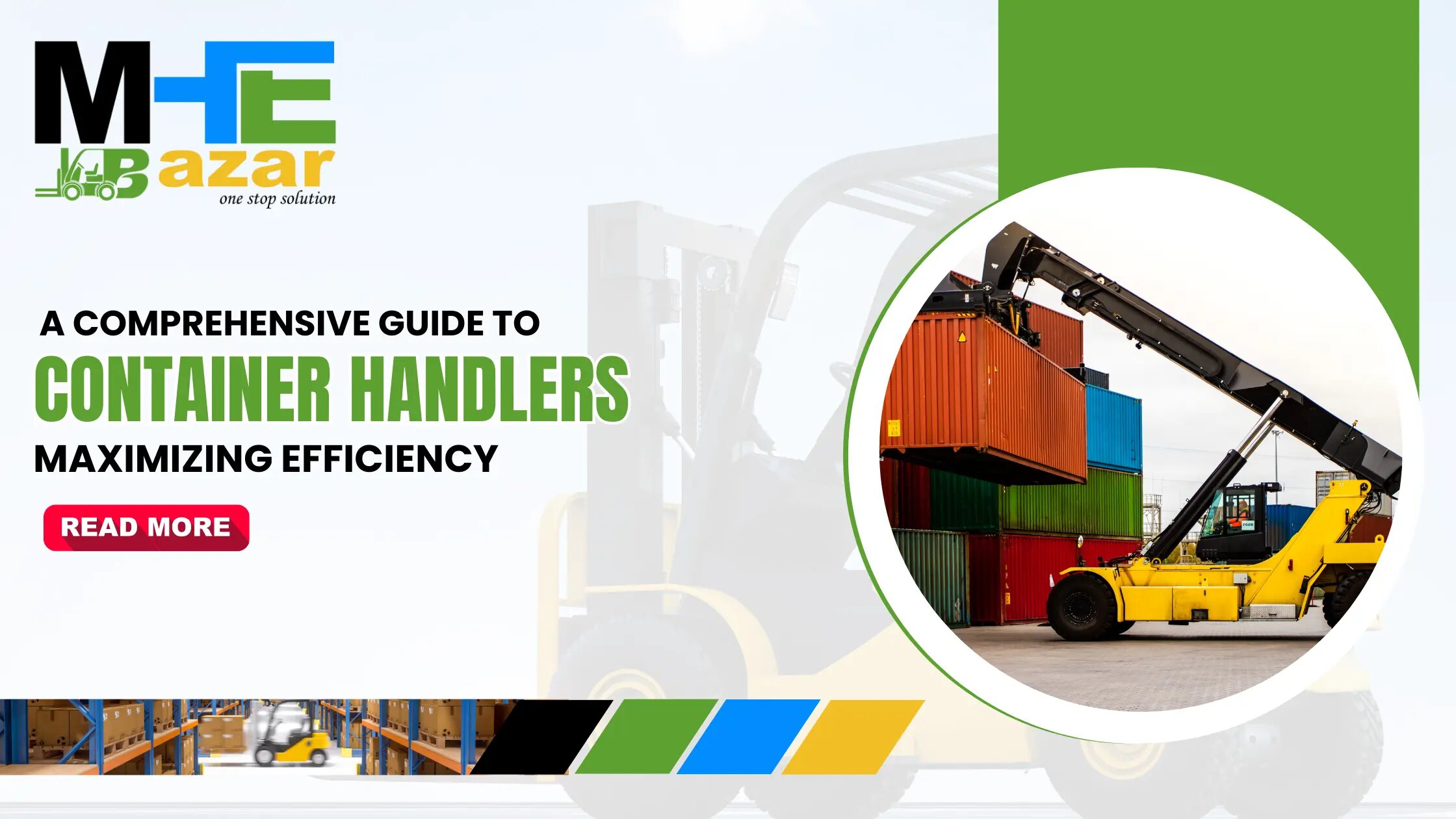Understanding The Different Types Of Container Handlers
When it comes to maximizing efficiency in container handling operations, understanding the different types of container handling is crucial. There are several types of container handlers available, each designed for specific tasks and applications. For example, reach stackers are ideal for stacking containers vertically, while top loaders are better suited for loading and unloading containers from the top. On the other hand, side loaders excel at moving containers sideways and are perfect for tight spaces.
By knowing the capabilities and limitations of each type of container handler, operators can choose the right equipment for their specific needs, ultimately leading to increased productivity and efficiency in their operations.
Essential Features To Look For In A Container Handler
When choosing a container handler, it is essential to look for certain features that can maximize efficiency in your operations. One key feature to consider is the lifting capacity of the handler, as this will determine its ability to handle various sizes and weights of containers. Additionally, look for handlers with advanced technology such as automated systems for precise positioning and stacking of containers.
Durability is another crucial factor, as a reliable machine will minimize downtime and maintenance costs. Finally, consider the ergonomics of the handler to ensure operator comfort and safety during long hours of operation. By prioritizing these features, you can select a container handler that will streamline your handling processes and improve overall efficiency.
Best Practices For Operating A Container Handler Safely And Efficiently
To operate a container handler safely and efficiently, it is crucial to follow best practices. Start by conducting regular maintenance checks to ensure the equipment is in optimal condition. Proper training for operators is also essential to prevent accidents and maximize productivity. When operating the container handler, always follow safe lifting procedures and maintain clear communication with ground personnel. Utilize the equipment’s features, such as anti-sway systems and load sensors, to improve efficiency and reduce the risk of damage.
Finally, prioritize safety at all times by wearing appropriate personal protective equipment and adhering to all operational guidelines. By following these best practices, you can ensure a smooth and efficient operation of your container handler.
Tips For Maintaining And Servicing Your Container Handler To Maximize Efficiency
To ensure your container handler is operating at maximum efficiency, regular maintenance and servicing are essential. This includes checking for any wear and tear on components, lubricating moving parts, and inspecting the hydraulic system for leaks. By staying on top of routine maintenance tasks, you can prevent costly breakdowns and prolong the lifespan of your equipment. Additionally, scheduling regular servicing with a qualified technician will help identify any potential issues before they escalate into major problems.
Keeping your container handler well-maintained will not only optimize its performance but also contribute to a safer work environment for your employees.
How To Optimize Workflow And Productivity With Your Container Handler
To optimize workflow and productivity with your container handler, it is essential to first understand the specific needs of your operation. This includes assessing the types of containers being handled, the frequency of lifts, and the layout of your facility. By utilizing data-driven insights and implementing best practices, you can streamline operations and maximize efficiency. Regular maintenance and operator training are also crucial components in ensuring peak performance from your equipment.
Additionally, investing in advanced technology such as automation systems or telematics can further enhance productivity levels. By continuously evaluating and refining processes, you can achieve higher throughput rates and ultimately drive greater profitability for your business.

